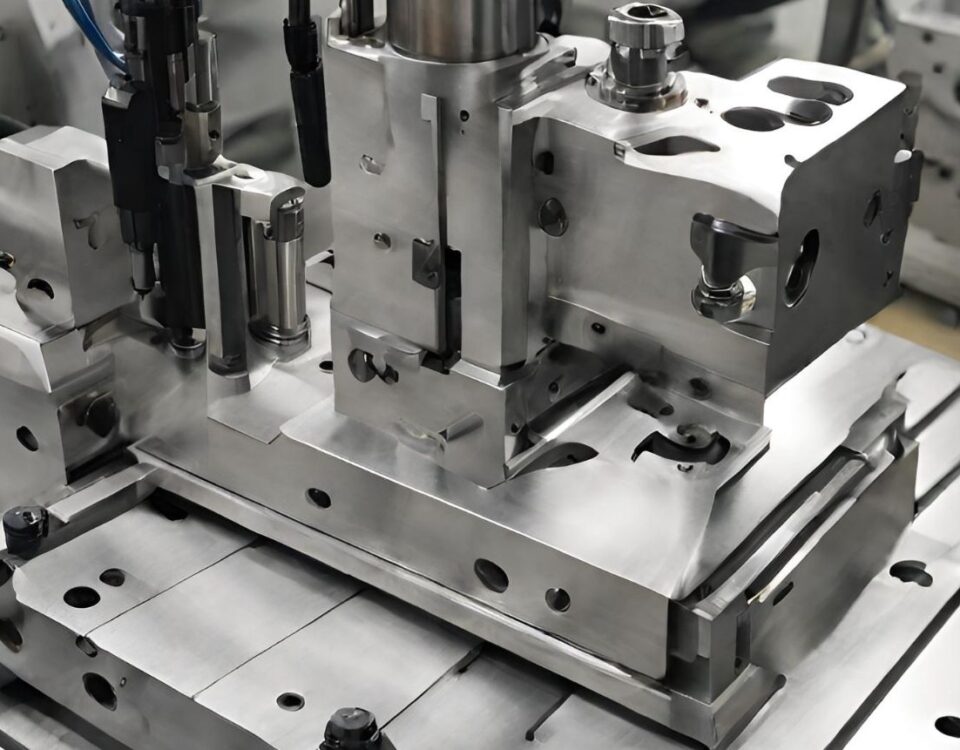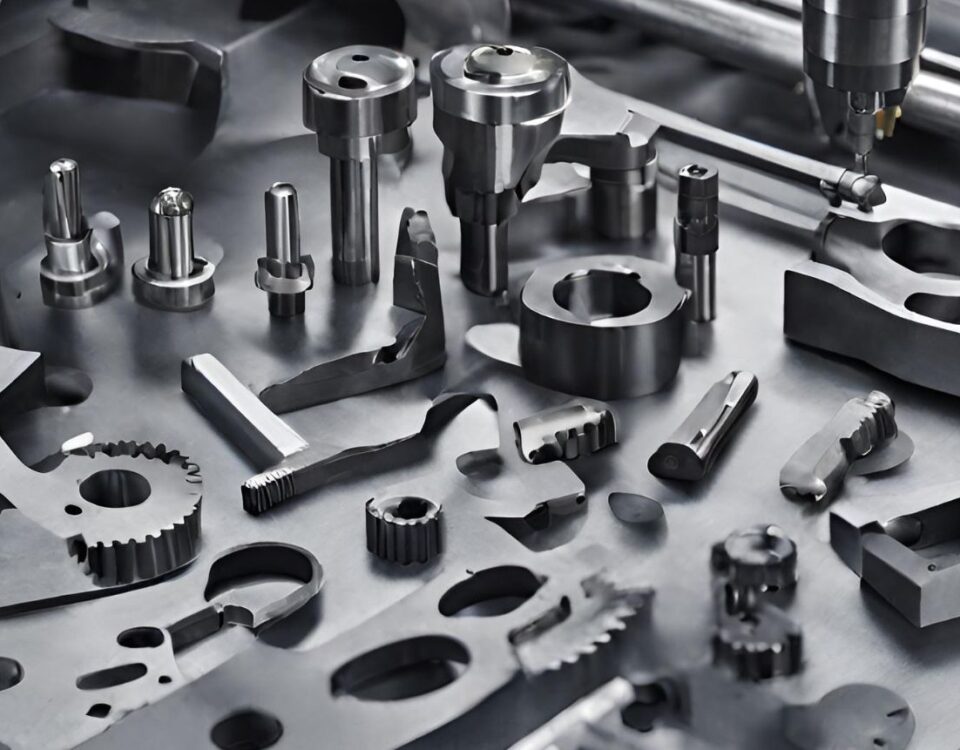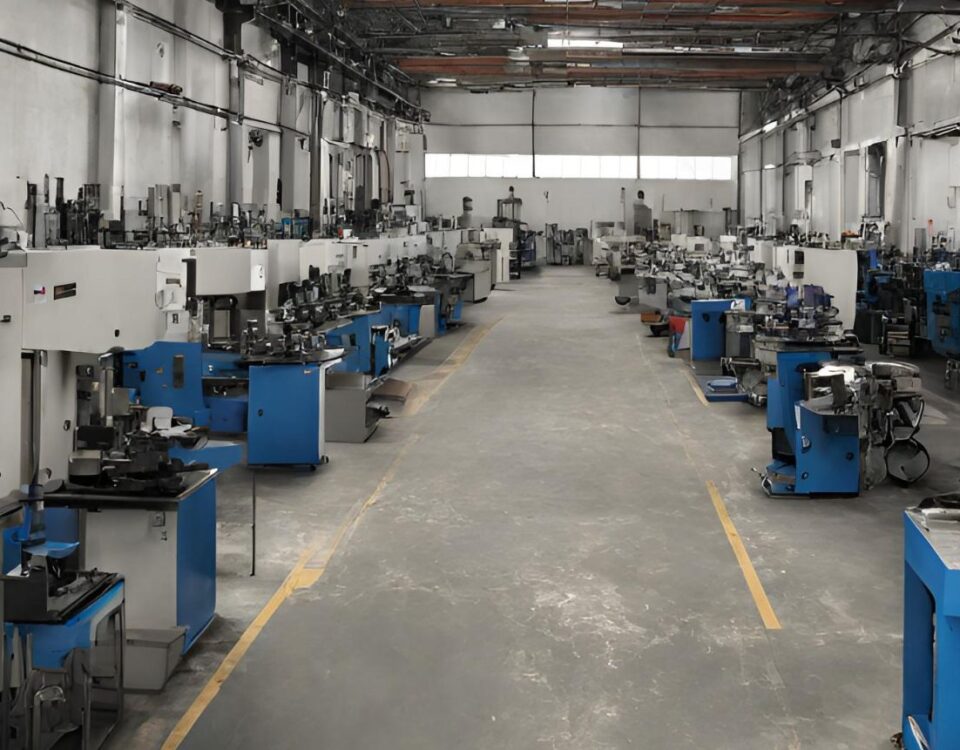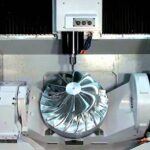
What Is 5 Axis CNC Machining Work?
8 November 2023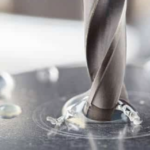
CNC Machining Acrylic with Features
16 November 2023What is CNC Machining
CNC machining, short for Computer Numerical Control machining, is a manufacturing process that utilizes computerized controls and precise machinery to create intricate and precise parts and components from various materials. It involves the use of computer programs and software to control the movement and operation of machine tools such as lathes, mills, routers, and grinders.
In CNC machining, the design specifications of the part are translated into a computer program that guides the machine's movements. The program determines the cutting paths, tooling, and other parameters required to produce the desired shape and dimensions of the part. The machine then precisely cuts, drills, shapes, or grinds the material according to the programmed instructions.
CNC machining offers several advantages over traditional manual machining methods. It enables high levels of accuracy, repeatability, and efficiency in production. Complex shapes and intricate details can be easily achieved, and the process can be automated for mass production. CNC machining is widely used in various industries, including automotive, aerospace, electronics, medical, and many others, where precision and quality are crucial in manufacturing components and parts.
The Different Types of CNC Machines
There are several types of CNC machines, each designed for specific machining tasks. Here are some common types:
1. CNC Mills: Also known as machining centers or milling machines, CNC mills use rotary cutting tools to remove material from a workpiece. They can perform tasks such as drilling, cutting, and shaping with high precision. CNC mills are widely used for creating complex parts and prototypes.
2. CNC Lathes: CNC lathes are used for turning operations, where a workpiece rotates while a cutting tool shapes it. They are commonly used for cylindrical or symmetrical parts like shafts, rods, and rings. CNC lathes can produce precise cuts and create intricate designs.
3. CNC Routers: CNC routers are used for cutting, shaping, and carving materials like wood, plastic, or foam. They are commonly used in woodworking, sign-making, and prototyping industries. CNC routers can perform intricate cuts and create complex designs with high accuracy.
4. CNC Plasma Cutters: CNC plasma cutters use a high-velocity jet of ionized gas (plasma) to cut through electrically conductive materials like steel, aluminum, and copper. They are commonly used in metal fabrication and industrial applications for precise and efficient cutting.
5. CNC EDM Machines: Electrical Discharge Machining (EDM) is a process where material is removed using electrical sparks. CNC EDM machines can create highly detailed and intricate shapes in hard materials such as hardened steel. They are often used in tool and die making and mold manufacturing.
6. CNC Laser Cutters: CNC laser cutters utilize a laser beam to cut through a variety of materials with high precision. They are commonly used for cutting and engraving materials like wood, acrylic, fabric, and metal. CNC laser cutters are popular in industries such as signage, jewelry, and architectural model making.
These are just a few examples of the different types of CNC machines available. Each machine has its own specific capabilities, and selecting the appropriate one depends on the desired machining process and the materials being worked with.
Types of CNC Machining Operations
There are several types of CNC machining operations that can be performed using CNC machines. Here are some common ones:
1. Milling: In milling operations, rotary cutting tools are used to remove material from a workpiece, creating complex shapes and profiles. This can include face milling, end milling, slotting, and contouring.
2. Turning: Turning operations involve rotating a workpiece while a cutting tool shapes it. This is commonly used to create cylindrical shapes, such as shafts and rods. Turning can also include operations like threading and facing.
3. Drilling: Drilling operations involve creating holes in a workpiece using rotating drill bits. CNC machines can perform drilling operations with high precision and speed, creating holes of various sizes and depths.
4. Boring: Boring is similar to drilling, but it involves enlarging an existing hole or creating a precisely sized hole. CNC machines can perform boring operations with greater accuracy and control compared to traditional methods.
5. Tapping: Tapping is the process of creating internal threads in a hole. CNC machines can be programmed to perform tapping operations automatically, ensuring precise and consistent thread creation.
6. Grinding: Grinding operations use abrasive wheels to remove material and achieve high surface finish and tight tolerances. CNC grinding machines can be used for precision grinding tasks, including cylindrical grinding, surface grinding, and tool grinding.
7. EDM (Electrical Discharge Machining): EDM uses electrical discharges to remove material from a workpiece. It is commonly used for intricate and complex shapes, especially in hard and difficult-to-machine materials.
8. Laser Cutting: Laser cutting uses a high-powered laser beam to cut through materials. CNC laser cutting machines offer precise and accurate cutting of various materials, including metals, plastics, and wood.
These are just a few examples of the CNC machining operations that can be performed. The specific operations used will depend on the desired outcome, the material being machined, and the capabilities of the CNC machine being used.
CNC Machining Materials
CNC machining can work with a wide range of materials, including:
1. Metals: CNC machines can efficiently work with various metals, such as steel, aluminum, brass, copper, titanium, and stainless steel. These materials are commonly used in industries like aerospace, automotive, and medical.
2. Plastics: CNC machining is suitable for plastics like ABS, acrylic, PVC, polycarbonate, nylon, and PEEK. Plastics are widely used in industries such as electronics, consumer products, and prototyping due to their versatility and lightweight properties.
3. Wood: CNC machines can work with different types of wood, including hardwoods like oak, maple, and walnut, as well as softwoods like pine and cedar. Wood machining is commonly used in furniture manufacturing, interior design, and woodworking industries.
4. Composites: CNC machining can handle composite materials, such as carbon fiber, fiberglass, and laminates. These materials are widely used in aerospace, automotive, and sporting goods industries due to their high strength-to-weight ratio.
5. Foam: CNC machines can cut and shape various types of foam, including polyurethane foam, expanded polystyrene (EPS), and polyethylene foam. Foam machining is commonly used in packaging, insulation, and prop-making industries.
6. Ceramics: CNC machining can work with ceramics like alumina, zirconia, and silicon nitride. Ceramics are often used in industries such as electronics, aerospace, and medical, where high-temperature resistance and electrical insulation properties are required.
It's important to note that the specific material suitability for CNC machining may vary based on factors such as the machine's capabilities, cutting tools, and the complexity of the part being machined. Consulting with experts or the CNC machine manufacturer can help determine the best materials for your specific project.
Overview of the CNC Machining Process
The CNC machining process involves several steps to transform a raw material into a finished part or component. Here is a general overview of the CNC machining process:
1. Design: The process begins with the creation of a 3D model or design of the desired part using computer-aided design (CAD) software. The design includes specifications for dimensions, features, and tolerances.
2. Programming: The CAD design is translated into a computer program using computer-aided manufacturing (CAM) software. This program contains instructions that guide the CNC machine on how to cut, shape, and finish the part.
3. Material Preparation: The raw material for the part, such as metal or plastic, is selected and prepared. This involves ensuring the material is properly sized, secured, and positioned in the CNC machine.
4. Machine Setup: The CNC machine is set up and prepared for the machining process. This includes installing the necessary cutting tools, fixtures, and work-holding devices. The machine is also calibrated and aligned to ensure accuracy.
5. Machining Operations: The CNC machine begins executing the programmed instructions. This may involve a combination of milling, turning, drilling, or other operations depending on the design requirements. The machine precisely cuts and shapes the material to create the desired part.
6. Quality Control: Throughout the machining process, quality control measures are taken to ensure the accuracy and integrity of the part. This may involve periodic checks, measurements, and inspections to verify dimensions and tolerances.
7. Finishing: After the main machining operations are completed, additional finishing processes may be applied. This can include deburring, polishing, sanding, or surface treatments to improve the part's appearance and functionality.
8. Inspection: The finished part undergoes a final inspection to ensure it meets the specified requirements. This can involve dimensional checks, visual inspections, and functional testing.
9. Packaging and Delivery: Once the part passes inspection, it is packaged and prepared for delivery to the customer or subsequent manufacturing processes.
It's important to note that the specific details of the CNC machining process may vary depending on the complexity of the part, the chosen materials, and the capabilities of the CNC machine being used.
Conclusion
In conclusion, CNC machining refers to the process of using computer numerical control (CNC) machines to transform raw materials into finished parts or components. It offers precise and efficient manufacturing capabilities, allowing for the creation of complex shapes and high-quality products.
The methods involved in CNC machining include milling, turning, drilling, grinding, and other operations, depending on the design requirements. These methods are guided by computer programs created through CAD and CAM software, which provide instructions for the CNC machine to follow.
Various parts make up the CNC machining process. This includes the design phase, where 3D models are created, and the programming phase, where the CAD designs are translated into machine instructions. Material preparation, machine setup, machining operations, quality control, finishing, inspection, and packaging are also integral parts of the process.
By leveraging CNC machining, manufacturers can achieve increased accuracy, repeatability, and efficiency in their production processes. CNC machining is commonly used across industries such as aerospace, automotive, electronics, and medical, enabling the creation of a wide range of parts from metals, plastics, wood, composites, ceramics, and more.
Overall, CNC machining has revolutionized manufacturing by combining computer technology with traditional machining techniques, resulting in faster production times, higher precision, and improved product quality.


